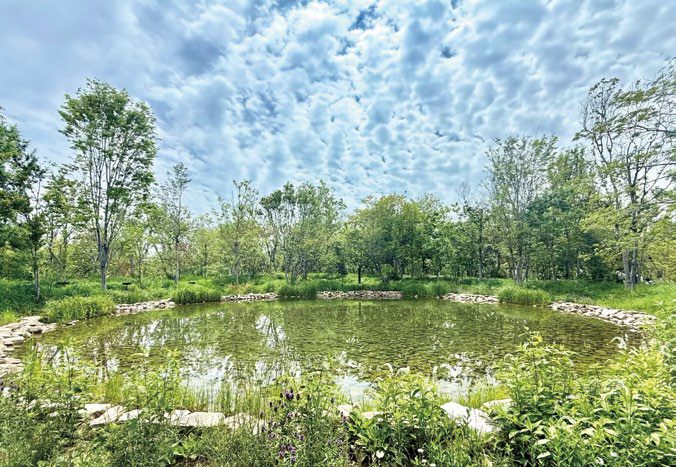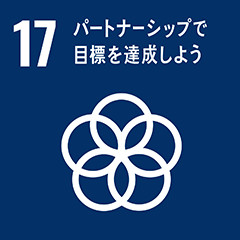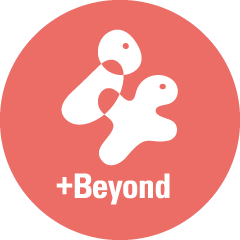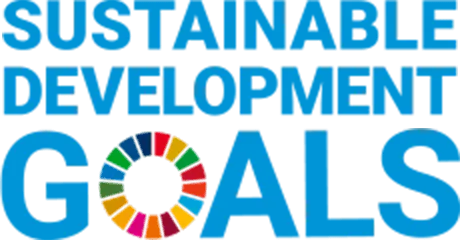Inochi Declaration
Toward a resonant society where every Inochi intertwines and weaves the future as it is
The crises we face today—climate change, isolation, inequality, and division—are not merely isolated issues, but signs that the very systems of our society are reaching their limits. The concept of “Better Co-being”, proposed by Hiroaki Miyata, the producer of the Signature Pavilion for the Expo 2025 Osaka, Kansai, offers a philosophical and practical response to these crises through a redesign of the quality of relationships. What we now require is not uniformity or assimilation through empathy, but the nurturing of a structure of resonance, where we resonate while remaining different, cultivated across all levels of society.
At the core of “Better Co-being” is a framework in which entities with different rhythms and dimensions—such as humans and nature, human and non-human entities, present and future, health and death, emotion and language—overlap and intersect with friction, generating new meanings and actions. This is not a matter of institutional reform alone, but of designing “spaces of resonance” in various aspects of daily life, such as cities, education, art, technology, and welfare. For instance, in the “Great Roof Ring” and the “Silent Forest” of Expo 2025 Osaka, Kansai, a spatial design has been developed where diverse cultures and beings intersect in their authentic forms. Within the silence, light, wind, and the flow of time, questions naturally emerge. The interaction between visitors’ behaviors and the surrounding natural conditions resonates, occasionally giving rise to artificial rain or rainbows—an experience that allows individuals to breathe in harmony with the world and contemplate the future in an unspoken, sensorial way.
Such “spaces of inquiry” can be extended to other fields like education, healthcare, and community development. In school education, for example, the focus should shift from obtaining correct answers to encountering differences and thinking together, fostering a sensitivity of resonance among children. Similarly, in healthcare, it is crucial to design systems where patients, families, AI, and social resources resonate with one another, enabling the sharing of meanings that transcend mere treatment.
Hiroaki Miyata proposes the following four pillars as a forward-looking action plan:
1.Designing Education and Inquiry
Fostering a learning space where people of all ages— children to adults—cherish questions over answers, and listen closely to untranslated otherness. Through poetry, art, physical expression, silence, and paradoxes, learners cultivate the capacity for resonance with heterogeneous beings.
2.Development of Resonant Infrastructure
Designing spatial, institutional, and relational systems that allow friction and dissonance to remain while intersecting. One example is the creation of temporary, co-existing spaces like “floating engawa” (verandas) or “plazas of silence”, where people can resonate without fixed identities or affiliations.
3.Sensory Technology and Data Infrastructure
Pursuing digital designs that enable connections to embrace ambiguity and openness, rather than uniformity or optimization. For example, developing design languages that poetically reinterpret errors and randomness, or embedding resonant data infrastructures that amplify the voices of future generations, non-human entities, and the socially vulnerable.

“Silent Forest” of Better Co-Being (Signature Pavilion at the Expo 2025)
4.International Collaboration and the Ethics of the Future
Institutionalizing “unfinished spaces of dialogue” that hold cultural and historical differences without forcing translation, allowing resonance to emerge organically. Valuing the presence of enduring questions over forced consensus. In order to institutionalize responsiveness to the future, Miyata suggests developing mechanisms to ethically relate to future generations and invisible others, such as systems of representation, fictional advocacy, and memory infrastructures.
Through these initiatives, we aim to reposition “Better Co-being” as a central concept for the SDGs+Beyond in the post-2030 era, facilitating the following paradigm shifts:
● From the greatest happiness for the greatest number to the greatest happiness for the greatest diversity
● From division to resonance
● From human being to “human co-being
The Inochi Forum will serve as a Platform of Inquiry to share this vision across society. Acting as a hub that connects local practices, expressions, and institutional designs, we will cultivate an ecosystem of resonance in which all people can explore: “What do I value, and with whom do I weave the future?” This action plan does not aim to make every Inochi the same. Rather, it envisions a society where each Inochi, with its own rhythm and background, exists as it is, and resonates with others in fleeting moments, sparking clues to the future.
[References]
・Better Co-Being
https://co-being.jp/expo2025
・Announcement of participating artists, virtual pavilions, and exhibition plans (Part 2) at the Expo 2025 Osaka, Kansai Signature Pavilion (Miyata Hiroaki)
https://www.expo2025.or.jp/news/news-20250217-05/
[Action Platform]
SDGs+Beyond
[SDGs]



